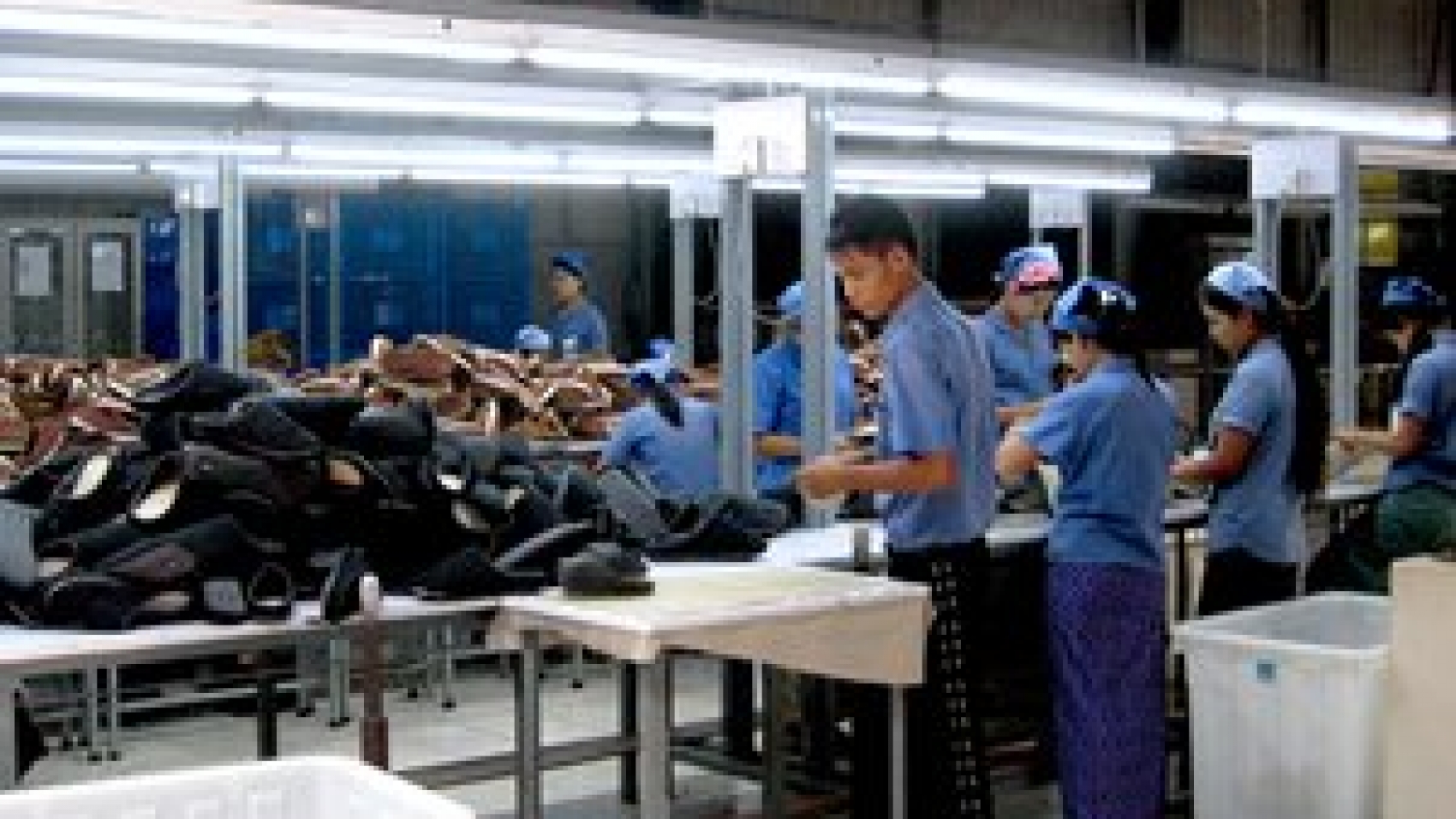CMP raw materials import has registered at US$2.17 billion in the past financial year 2019-2020, which plunged from $2.37 billion recorded in the 2018-2019FY, according to the Ministry of Commerce. Myanmar manufacturing sector has mostly concentrated in garment and textiles produced on the Cutting, Making, and Packing basis, and it contributes to the country’s GDP to a certain extent. At present, some CMP garment factories have shut down on the reason for the lack of raw materials due to the COVID-19 negative impacts, leaving thousands of workers unemployed. The COVID-19 badly batters the labor-intensive enterprises, said an official of the Directorate of Investment and Company Administration.
To deal with the shortage of raw materials for the CMP garment factories in Myanmar, the Ministry of Commerce, the Myanmar Garment Manufacturers Association and the Chinese Embassy in Myanmar, the China Enterprise Chamber of Commerce in Myanmar (CECCM) have jointly imported raw materials through border trade channels and airlines. However, import values of raw materials by CMP businesses in the last FY dropped by $197.7 million compared to a year-ago period. The CMP garment sector in Myanmar has been hit hard by the coronavirus impacts amid the global demand slump, said an official of Myanmar Garment Manufacturers Association. Supply chain disruptions and cancelling customer orders following the coronavirus outbreak hurt the global textile industry. Similarly, the CMP garment sector which contributes to 30 per cent of Myanmar’s export sector is bracing for downward trend owing to the cancellation of order from the European countries and suspension of the trade by western countries amid the pandemic.
Exports of garments manufactured under the cut-make-pack (CMP) system were valued about US$4 billion around the past eleven months in the last financial year 2019-2020, said an official of the Ministry of Commerce. Since an outbreak like Covid-19 might happen in the future, it is necessary to prepare for a sufficient supply of raw materials. The public and private sectors will cooperate in setting up the supply chain on our sources, including weaving, knitting, dyeing, and sewing factories. Japan is the largest market for Myanmar apparel, followed by the European Union. The MGMA has more than 500 members, and garment factories in Myanmar, employing more than 500,000 workers. Investors prefer to invest in countries with inexpensive labor, such as Myanmar.
Source: The Global New Light of Myanmar

